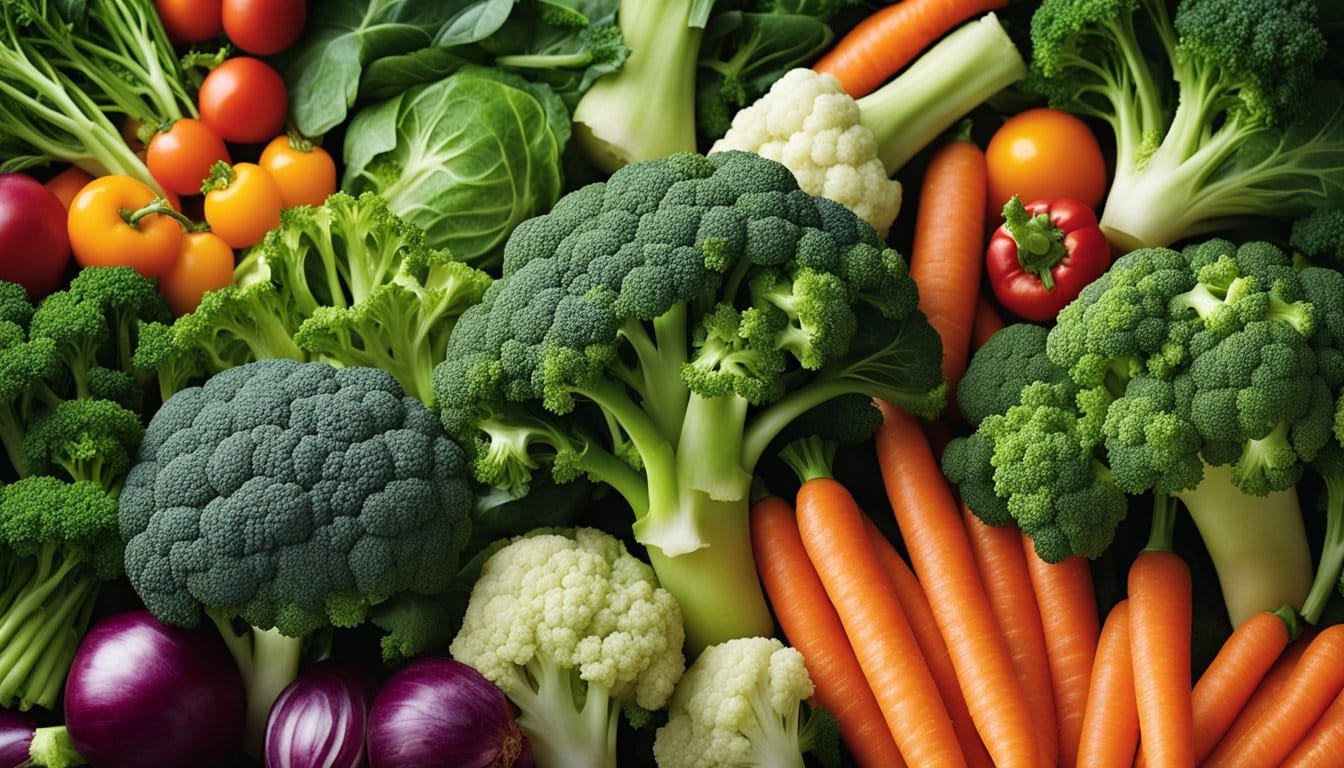Eating enough fiber is important for maintaining good health. High fiber foods can help with digestion, weight management, and reducing the risk of chronic diseases. Many people do not get the recommended amount of fiber each day, which can lead to various health issues.
There are many delicious and nutritious high fiber foods available. Whole grains, fruits, vegetables, beans, and nuts are some of the best choices. Including these foods in daily meals not only boosts fiber intake but also adds flavor and variety to the diet.
Making simple changes to a diet by adding high fiber foods can lead to better health outcomes. Knowing which foods are highest in fiber can help anyone make informed choices for themselves or their families.
Key Takeaways
- High fiber foods support digestion and overall health.
- Including a variety of fiber-rich foods enhances meal options.
- Simple dietary changes can significantly increase fiber intake.
The Importance of Fiber in Our Diet
Fiber plays a crucial role in maintaining good health. It supports digestion and can help prevent various health issues. Understanding its benefits and daily requirements is essential for a balanced diet.
Health Benefits of Dietary Fiber
Dietary fiber offers many health benefits. It helps regulate the digestive system, making bowel movements easier. Fibrous foods can prevent constipation, which is important for overall health.
Fiber also helps control blood sugar levels. It slows down the absorption of sugar, reducing spikes in blood glucose. This can be particularly helpful for people with diabetes.
Additionally, fiber can aid in weight management. High-fiber foods are often filling, which can help control appetite. This can lead to fewer cravings and less snacking.
Heart health is another benefit. A diet rich in fiber can lower cholesterol levels, reducing the risk of heart disease. Foods like oats, beans, and fruits contribute to a healthier heart.
Daily Fiber Requirements
Daily fiber requirements vary based on age and gender. For adults, the general recommendation is:
- Men: 38 grams
- Women: 25 grams
Children and teenagers also need fiber, but their requirements differ. For example, children aged 1-3 need about 19 grams.
It is important to meet these daily needs. Many people fall short and consume only about 15 grams daily. To increase fiber intake, individuals can include more fruits, vegetables, whole grains, and legumes in their meals.
Tracking fiber consumption can be helpful. Keeping a food diary or using apps can help monitor intake and ensure dietary goals are met.
Top High Fiber Foods to Include in Your Meals
Including high fiber foods in meals is vital for maintaining good health. These foods can help digestion and provide important nutrients. Here are some of the best options to consider.

Fruits Rich in Fiber
Fruits are a tasty way to boost fiber intake. Some of the highest fiber fruits include:
- Raspberries: One cup offers around 8 grams of fiber.
- Pears: A medium pear has about 5-6 grams of fiber, especially with the skin on.
- Apples: A medium apple provides about 4 grams of fiber.
- Bananas: A medium banana contains about 3 grams of fiber.
Adding fruits to meals or as snacks is easy. They can be used in smoothies, salads, or eaten on their own. Their natural sweetness makes them appealing, and they also provide vitamins and hydration.
Vegetables High in Fiber
Vegetables are another excellent source of fiber. Here are some high fiber options:
- Broccoli: One cup of cooked broccoli has about 5 grams of fiber.
- Brussels Sprouts: One cup provides around 4 grams of fiber.
- Carrots: A medium carrot offers about 2 grams of fiber.
- Artichokes: One medium artichoke contains about 7 grams of fiber.
Incorporating vegetables into meals can be simple. They can be steamed, roasted, or added to soups and stir-fries. Eating a variety of vegetables helps ensure a good mix of nutrients and fiber.
Whole Grains and Legumes
Whole grains and legumes are powerful sources of fiber. Important examples include:
- Oats: One cup of cooked oats has about 4 grams of fiber.
- Quinoa: One cup of cooked quinoa contains around 5 grams of fiber.
- Black beans: One cup provides about 15 grams of fiber.
- Chickpeas: One cup includes around 12 grams of fiber.
Switching to whole grain products, like brown rice or whole wheat bread, can also increase fiber intake. Legumes can be added to salads, soups, or made into dips like hummus. They are filling and healthy.
Nuts and Seeds with High Fiber Content
Nuts and seeds are nutritious snacks with good fiber content. Some high fiber choices are:
- Chia seeds: One ounce offers about 10 grams of fiber.
- Almonds: One ounce contains around 3.5 grams of fiber.
- Pistachios: One ounce has about 3 grams of fiber.
- Flaxseeds: One ounce provides around 8 grams of fiber.
These foods can be sprinkled on yogurt, added to smoothies, or eaten on their own. They also provide healthy fats and protein, making them a great addition to any diet.
